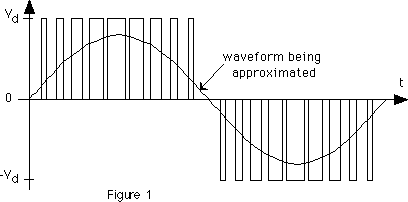
MrJack96:
So the inverter input is 50hz 415 3 phase but capable of delivering 440V 3 phase 60Hz?
That's not really an inverter. I assume that we are talking about a variable speed drive. The variation in speed is due to changes in the output frequency - the waveform pulls the rotor round as the magnetic field goes round from coil to coil. I would be surprised if you have to set the output voltage, but perhaps you do. Would you like to give us details of the "inverter"?

We're about to take you to the IET registration website. Don't worry though, you'll be sent straight back to the community after completing the registration.
Continue to the IET registration site